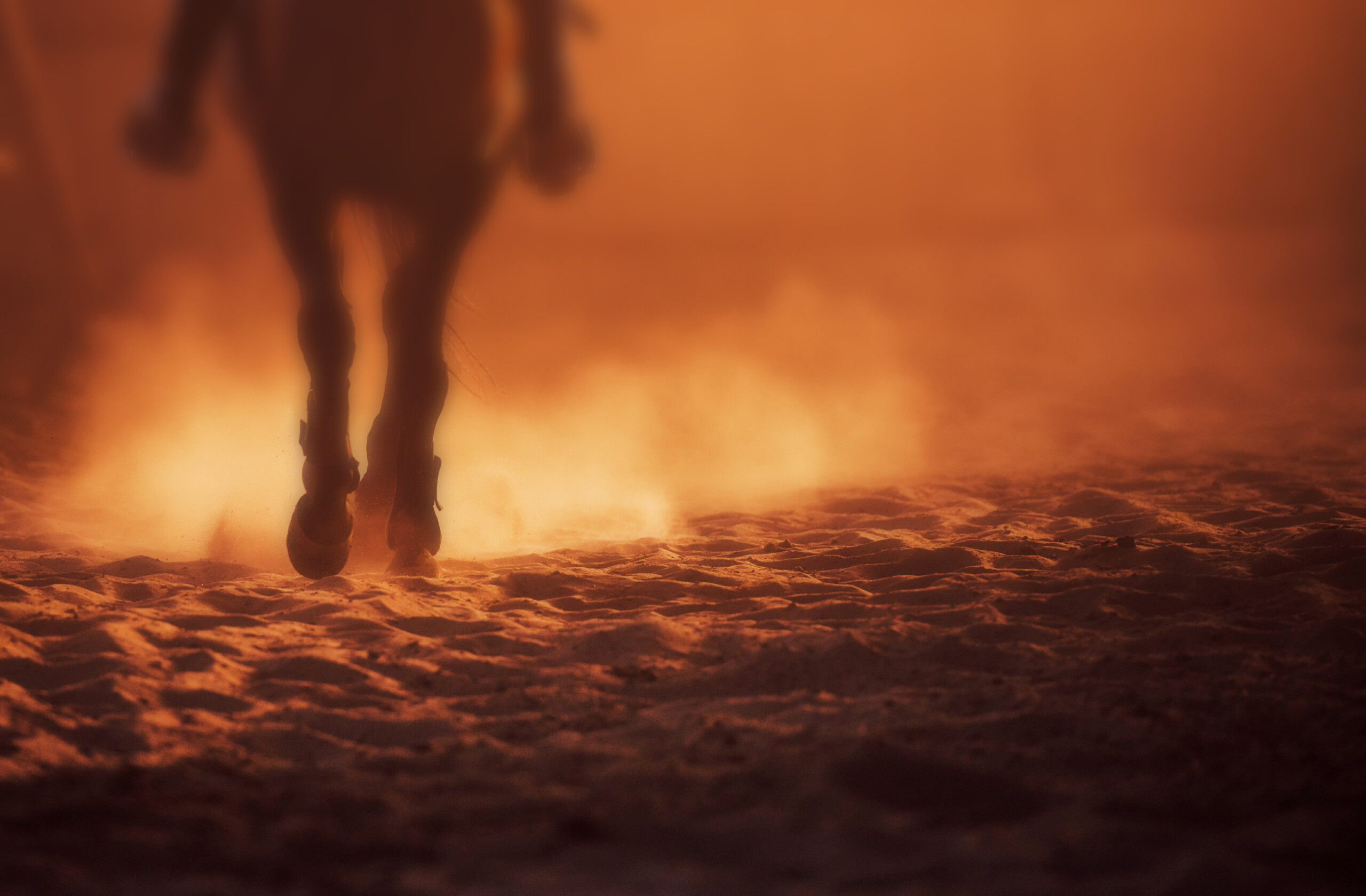A basic guide to understanding hoof mechanics and care
Many experts say that caring for your horse’s feet well can make all the difference in the world when it comes to the overall soundness of your horse. This is because if something starts to go wrong in the hoof, it can affect things across the horse’s entire body. For example, if I have a horse thats a little sore in his front right hoof, if he begins to cary himself in an unnatural way to compensate for the foot pain I could end up with a horse that is sore in his back and hips all because I didn’t take proper care of his feet.
To start let’s talk through some basic hoof anatomy:
Source: the University of Missouri Extension
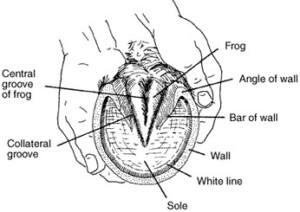
Hoof wall
The hoof wall is a horny substance made up of parallel fibers. It should be dense, straight, and free from rings (ridges) and cracks.
Coronet
The coronet, or coronary band, is the source of growth for the hoof wall. It is directly above the hoof wall and is protected by a thick layer of skin and dense hair. A healthy foot will grow about 3/8 of an inch per month.
Sole
The sole of the foot is a horny substance that protects the sensitive inner portions of the foot. It should be firm, slightly concave, and of uniform texture. The horse has no feeling at the exterior sole surface.
Frog
The frog, located at the heel of the foot, forms a “V” in the center of the sole. The frog is a spongy, flexible pad and is also a weight-bearing surface. It is the intermediate organ between the plantar cushion and the source of pressure from the horse’s weight. The frog is differentiated from the sole of the foot by two lines called commissures.
Hoof Care
The horse’s foot is complex and can be somewhat intimidating to learn about because there is so much information and often differing opinions about how to care for them. Below we’ve listed a few ways that most professionals can agree on:
- Clean out your horse’s feet regularly (3-5 times/week) and every time you exercise or work with them
- Make sure to maintain a proper moisture level in feet throughout the different seasons. In summer, make sure to apply a hoof oil as necessary to help increase moisture, while making sure your horse has a dry area to stand during rainy seasons.
- Too much moisture can produce bacterial infections like thrush
- A lack of moisture can create problems like corner cracks, and breakage, especially if the horse is barefoot and does not have shoes on
- Have the horse shod every 6 to 8 weeks
- Shoeing timelines vary per individual horse. A professional farrier should be consulted for each horse’s needs
- If the horse is being trimmed instead of shod, you may need to have it done more frequently
- Feed supplements that help with hoof growth as necessary
As with all issues horse-related, always consult a professional before changing your horse’s care regimen.
If you have questions or would like to talk with our staff, call us today!
